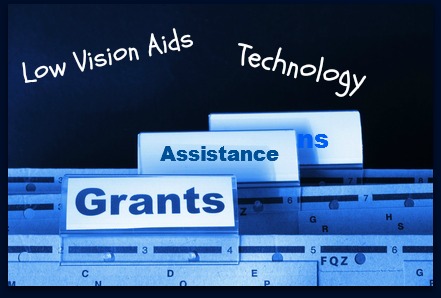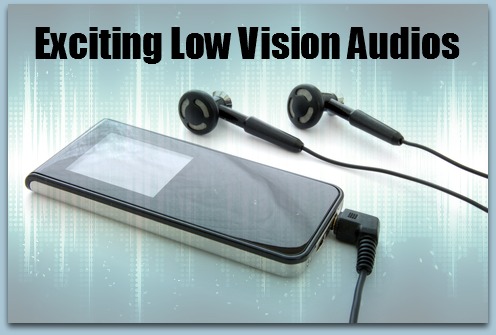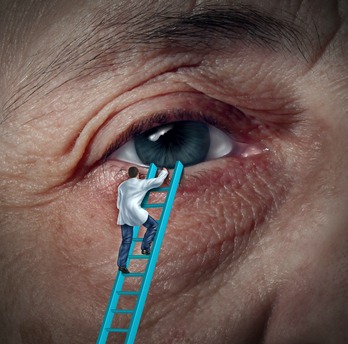Visually Impaired Children
Need Our Help
I have a strong desire to do my part in helping visually impaired children, as I understand what they go through.

I’ve lived with low vision for over 25 years as a result of a rare eye disease called Angioid streaks and feel that educators have a large responsibility in helping children with vision loss.
One of the challenges is that the number of children dealing with vision loss is severely underreported. One study (Corn, Ferrell, Spungin & Zimmerman, 1996) estimates that the US Dept of Education underreports the number of visually impaired children by as high as 80%.
This means that too many of our children suffering with vision loss are lacking in terms of how to deal with their disability and how to use available resources to create more independence and thrive in life.
Mental Aspect to Low Vision
A child with any amount of vision loss, from minor loss to complete blindness, is going to need support from parents and teachers when it comes to mentally accepting how they’re different from their peers, as well as how to live an empowering existence.
These children must be taught that they can overcome their challenges and be shown how much they have to offer the world.
Through proper education, they can overcome any feelings of frustration, fear or anger in order to focus their attention not on what they’ve lost, but on their unique gifts and how to live a positive and rewarding life.
Different Set of Needs
Children with visual impairments need specific education and skills in:
- Mobility – Using mobility tools
- Social Skills – Understanding how to relate to others, body language, etc
- Literacy – How to use the vision they do have, Braille, optical devices, large print, & technology, such as talking readers and screen reading software
- Living Skills – Money management, preparation of food, personal grooming, etc
When we consider that many blind and visually impaired children are attending regular, local schools, and that most of these schools are ill-equipped with materials or teachers, it’s vital that all of us seek the best way to help these kids.
What We All Can Do
- Become active in funding – For those able to, helping to supplement the funding of teacher training, visually impaired specialty schools, as well as programs in regular local schools, is vital.
- Help parents of visually impaired or blind kids understand the resources available.
- Help parents, teachers and schools understand what’s available in terms of modern technology.
Technology Can Help Visually Impaired Children
This is an area I’m especially passionate about. Our children can use a vast array of technological advancements to absolutely thrive in life.
There are screen readers for computers, magnifers for reading, GPS systems for location and travel, and hand-held video magnifiers for reading everything from medication bottles to food labels.
While much of this technology is expensive, there are also resources we can expose parents and children to that will help with grants and funding.
If you’d like to read about many of these technological options, I invite you to fill out the form below and I’ll send it to you.
Get Exciting Low Vision Technological Secrets Sent To You...
Low Vision > Degenerative Eye Disease > Visually Impaired Kids
















